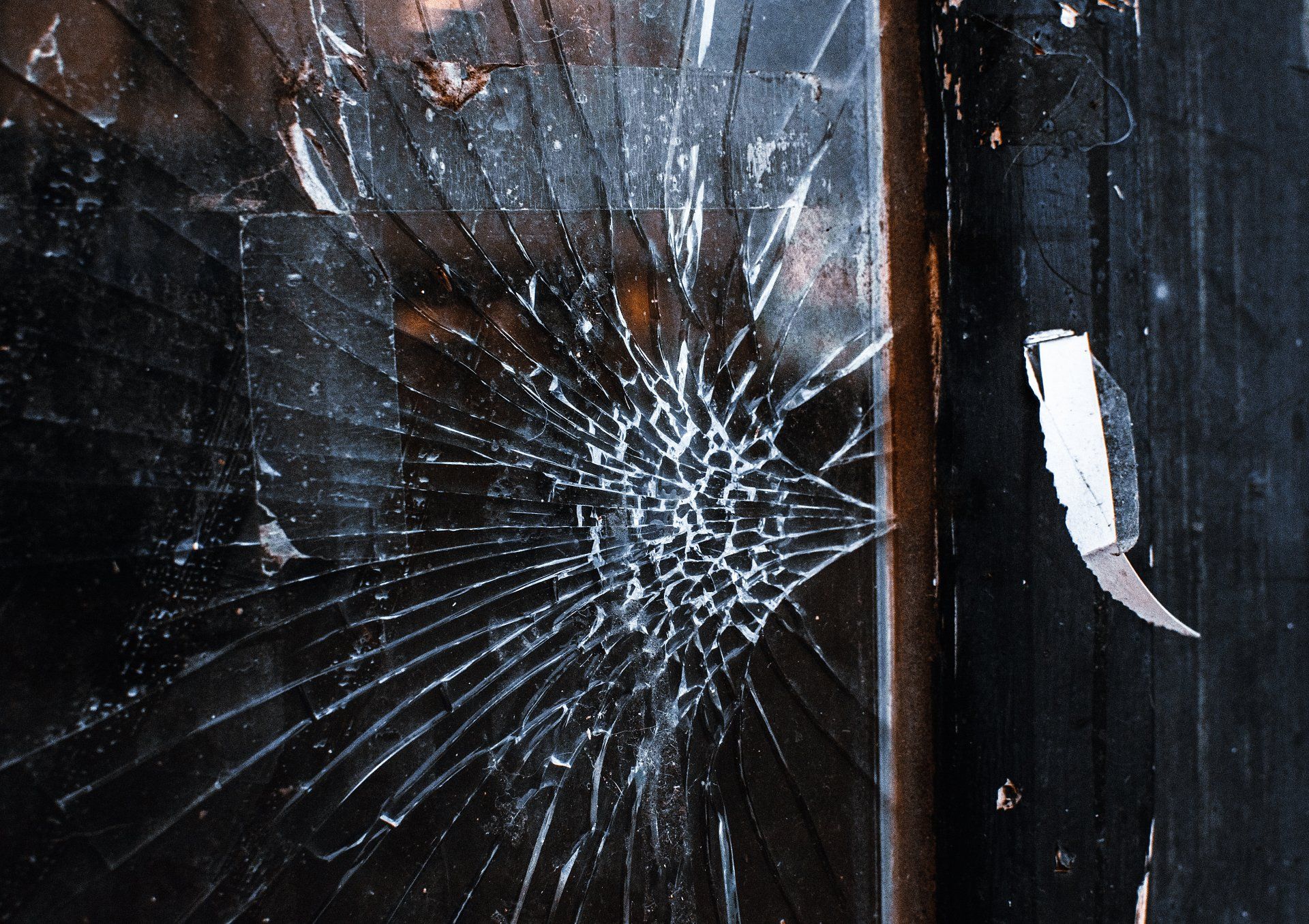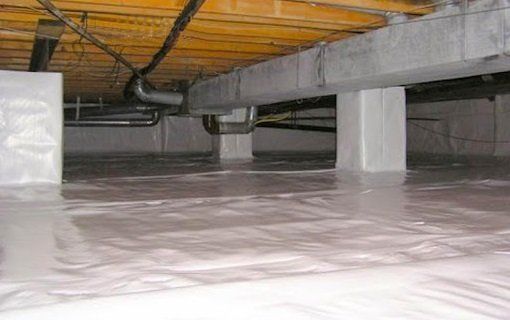Water Damage Restoration
Clean Air Plus Water Mitigation Services
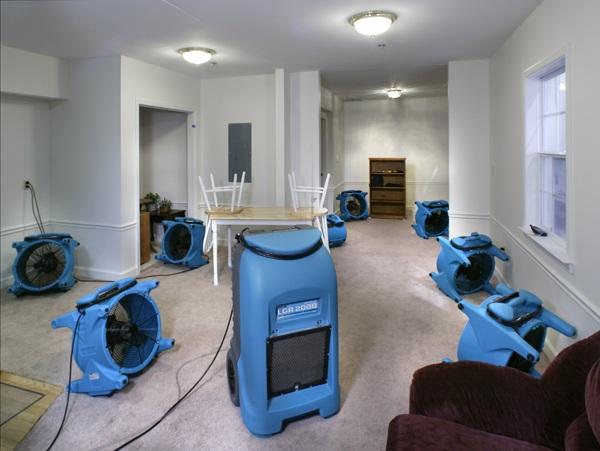
AT CLEAN AIR PLUS, OUR WATER MITIGATION SERVICES INCLUDE:
- Water Damage Restoration
- Water Extraction
- Structural Drying
- Floor Drying (Wood, Carpet, and Vinyl)
- Carpet Cleaning
- Upholstery Cleaning
- Mold Inspection
- Sewage Clean-Up
- Antimicrobial Treatment
- Water Damage Repair
- Flood Restoration
- Structural Dehumidification
- Content Drying
- Content Cleaning
- Rug Cleaning
- Mold Remediation
- Sewage Remediation
- Odor Removal
- Stain Removal
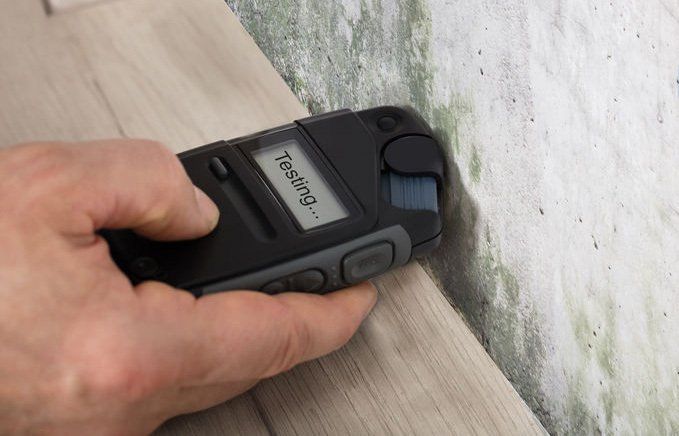
Water Damage Repair
Water damage services include the inspection of the affected area(s) with water sensing equipment such as probes and other infrared tools, in order to determine the source of the damage and possible extent of area affected. Restoration services would then be rendered in order to dry the structure, sanitize any affected or cross contaminated areas, and deodorize all affected areas and materials. After the labor is completed, water damage equipment including, but not limited to, air movers, air scrubbers, dehumidifiers, wood floor drying systems, and sub floor drying equipment is left in the residence. After a period of three to four days after the labor is completed, a reevaluation of the residence is taken to monitor the drying process, and any equipment not further needed is removed as to keep the charges under control.
Structural and Contents Consideration:
When working within a residence, it is often the case that those who are performing the water damage restoration must work with and around the contents of the home. This includes, but is not limited to, furniture, electronics, books, and many other materials that may have been affected by the water damage. The moving around of the said contents is often referred to as "contents manipulation." Water damage restoration firms will often bill content manipulation on a per hour basis.
Contents may also require treatment due to the effects of the water damage. This may include, but is not limited to, sterilization, sanitization, deodorization, drying, and storing of said contents. Other contents may simply be unsalvageable or the cost of having is salvaged would exceed its current value. In these cases, the contents would be discarded.
Monitoring:
After the water has been extracted and any non-salvageable materials have been removed, water damage professionals should place drying equipment according to industry guidelines for capacity in the affected area. Industry standards state that drying vendors should return to the residence at regularly timed intervals, preferably every twenty-four hours, to monitor the equipment, temperature, humidity, and moisture content of the affected walls, contents, or other affected materials. Should one area be dry and another affected area still wet, the firm will relocate or remove equipment accordingly.
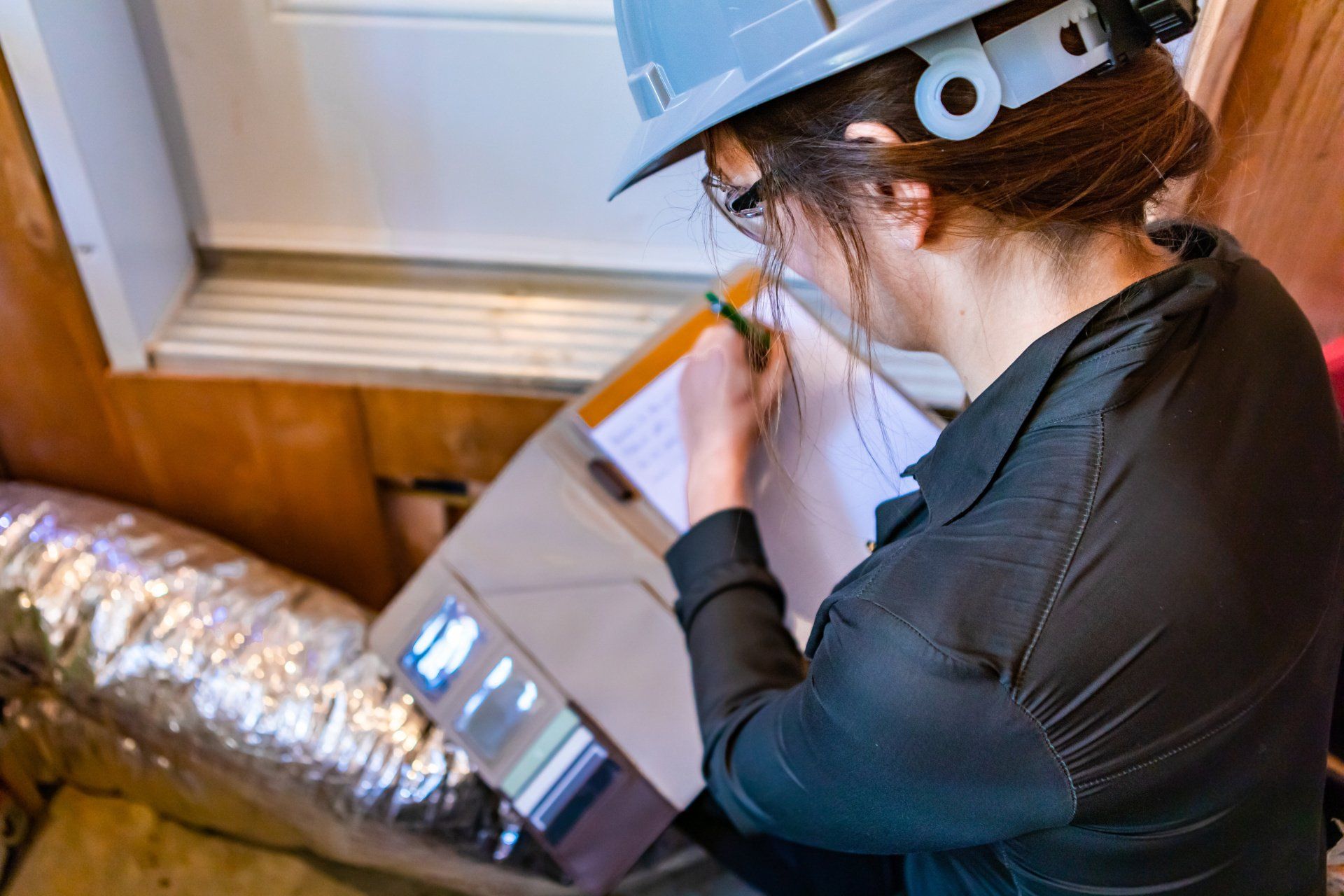
Completion:
Once temperature, humidity, and moisture content are deemed acceptable according to industry standards, drying equipment is removed and the drying process is complete. There are defining criteria and methods to be used for assessing water damage and establishing restoration procedures, but because of the unique circumstances of every water damage project, it is impractical to issue blanket rules that apply to every situation.
Water Damage is Classified into One of the Following Classes:
- Class 1 Water Damage - (Least amount of water, absorption, and evaporation): Water losses that affect only part of a room or area, or larger areas containing materials that have absorbed minimal moisture. Little or no wet carpet and/or cushion are present.
- Class 2 Water Damage - (Large amount of water, absorption and evaporation): Water losses that affect at least an entire room or carpet and cushion (pad). Water has wicked up walls less than 24". There is moisture remaining in structural materials (e.g., plywood, particleboard, structural wood, concrete).
- Class 3 Water Damage - (Greatest amount of water, absorption and evaporation): Water wicked up over 24", or water may have come down from overhead affecting ceilings, walls, insulation, carpet, cushion and sub-floor. The entire area are saturated.
- Class 4 Water Damage - (Specialty drying situations): These consist of wet materials with very low permeance/porosity (hardwood, plaster, brick, concrete, stone). Typically, there are deep pockets of saturation, which requires very low specific humidity.
Need help with your water damage restoration? Give us a call for a free estimate!
High-Quality
Affordable
Fast
Professional
All Types of Restoration Work
-
Air
Remodeling -
Water
Insulation -
Mold
Painting -
Smoke
Drywall -
Fire
Roofing -
Wind
Concrete -
Odor
Carpentry
Let’s Talk About Your Project
We will get back to you as soon as possible.
Please try again later.

Lousiville, KY's premier clean air and home restoration consultants.
CONTACT US
Email:
mycleanairplus@gmail.com
Call:
800-611-3826
Text: (502) 439-2740
Please text for a faster response.
Cincinnati, OH: 513-874-6653
Nashville, TN: 615-374-7724
LOCATIONS
Louisville KY | Clean Air Plus
3058 Bardstown Rd #1041
Louisville, KY 40205
502-499-9898
Lexington KY | Clean Air Plus
2321 Sir Barton Way #140
Louisville, KY 40509
859-255-0448
Clearwater FL | Clean Air Plus
2729 SR-580, #545
Clearwater, FL 33761
813-755-1657
SITE MENU
Our main offices are in Louisville Kentucky and Clearwater Florida





